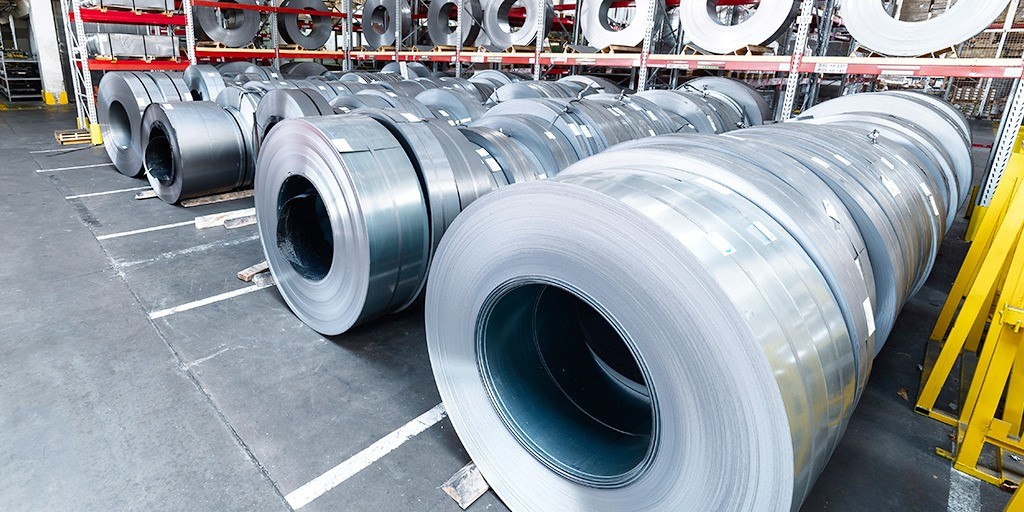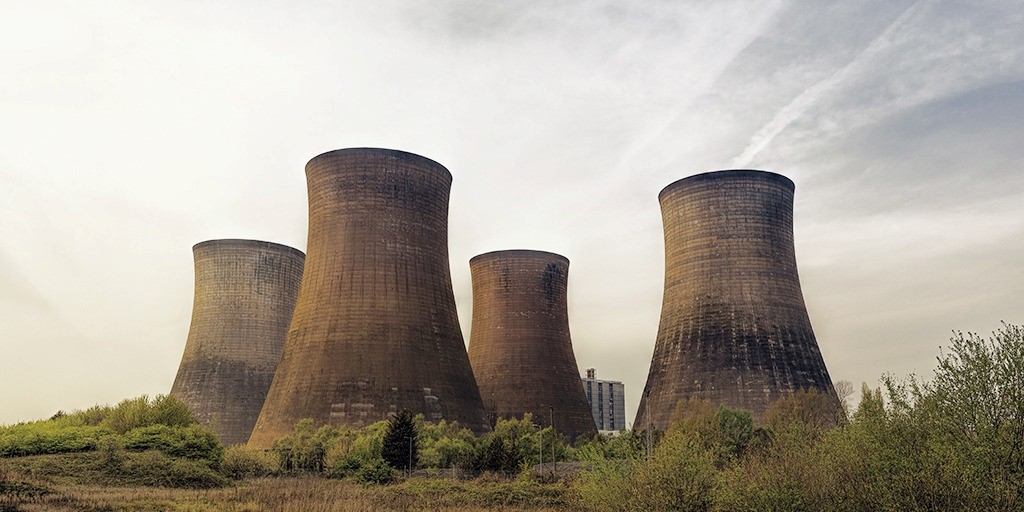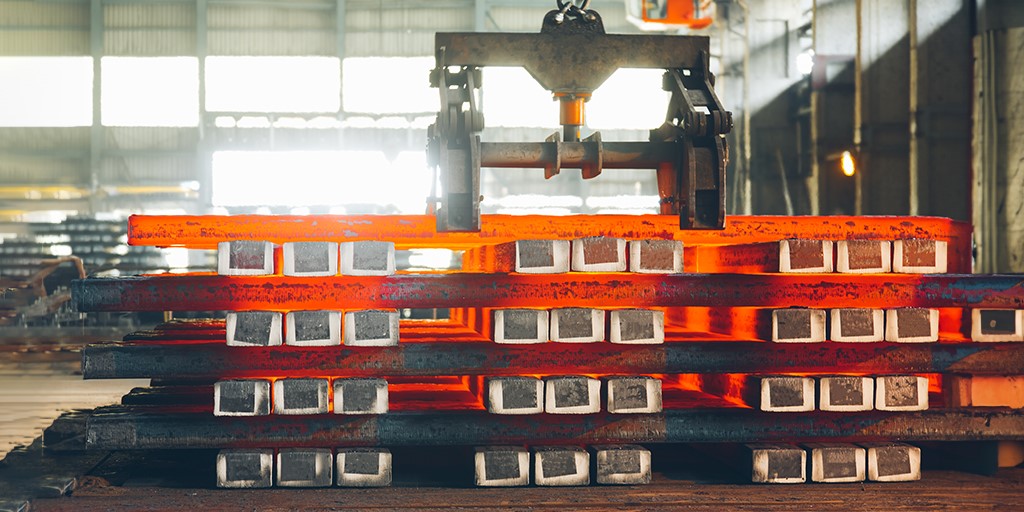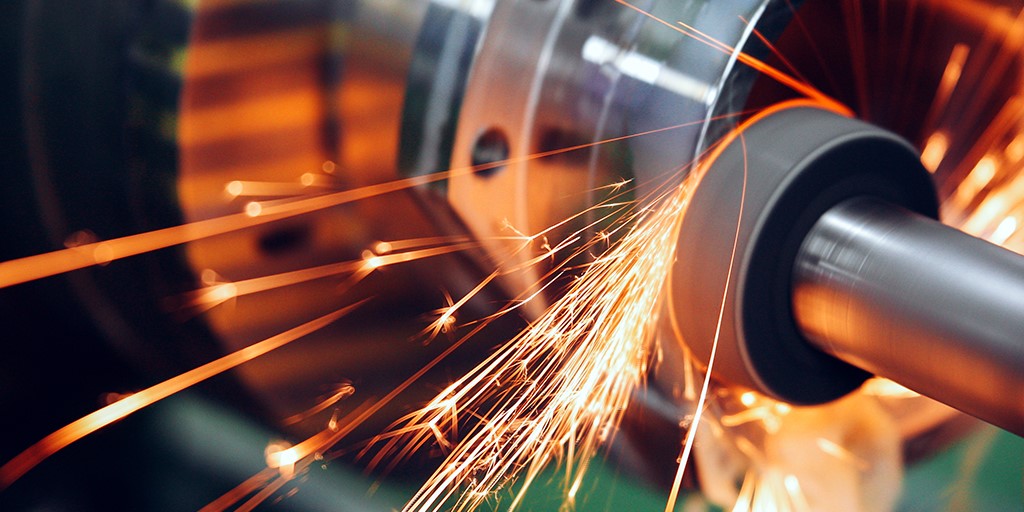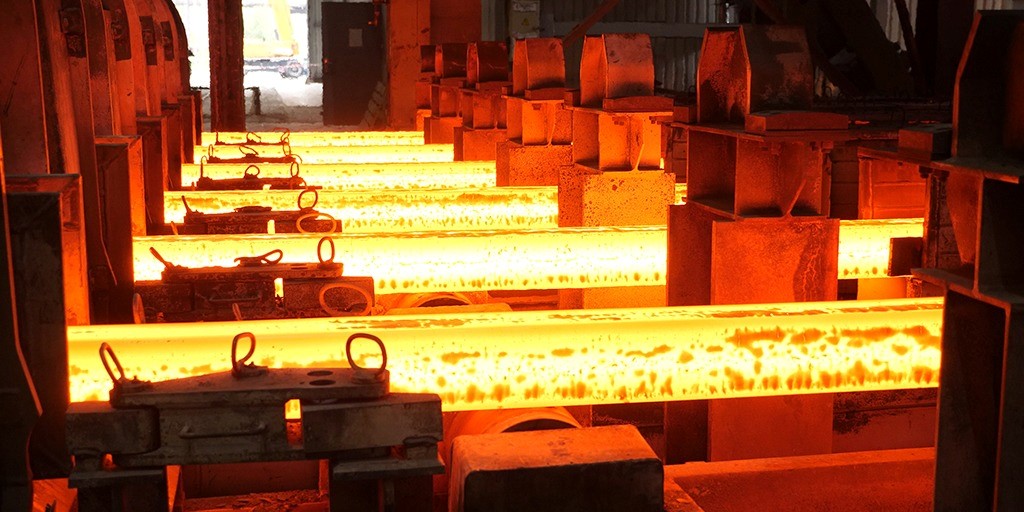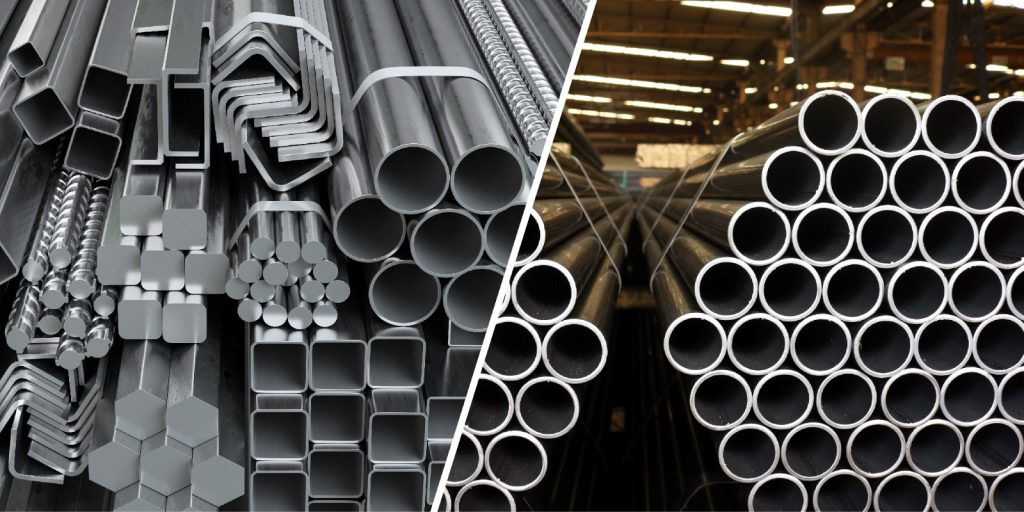
Differences Between Carbon Steel and Stainless Steel Pipes
When it comes to choosing the right material for pipes, carbon steel, and stainless steel are currently two of the most popular options. Each of these two has different qualities and is good for different uses. Thus, it is important to understand the difference between these two types of steel pipes to make an informed decision when buying them.
Composition and Structure
Carbon Steel:
The amount of carbon in these pipes is usually between 0.05% and 2.0%. Carbon steel is strong and lasts a long time owing to the simplicity of its composition. However, there are chances of rust and corrosion if not properly protected.
Stainless Steel:
Stainless steel includes iron, carbon, and at least 10.5% chromium as opposed to carbon steel. The steel’s surface develops a layer of protection due to the addition of chromium. This layer keeps stainless steel from rusting and gives it a shiny appearance. As a result, stainless steel pipes are much more resistant to staining and rusting than carbon steel pipes.
Corrosion Resistance
Carbon Steel:
One of the main problems with carbon steel pipes is that they rust easily. Carbon steel pipes can rust quickly if they are left out in wet or rough conditions without proper coating or treatment. This makes them less suitable for areas exposed to water or chemicals.
Stainless Steel:
Stainless steel pipes are much better at resisting rust and corrosion. The chromium in stainless steel forms a thin, invisible layer on the surface, which prevents the rusting. This makes stainless steel pipes ideal for humid or corrosive environments, like in chemical plants or the food industry.
Strength and Durability
Carbon Steel:
Pipes made of carbon steel are known for their extreme durability and strength. Because of their ability to handle high pressure, they are regularly used in the construction of bridges, buildings, and other structures. However, compared to stainless steel, carbon steel might be more brittle and less flexible.
Stainless Steel:
While stainless steel pipes are also strong, they are more ductile than carbon steel. In other words, they can handle more force without breaking. Pipes made of stainless steel are often used in places where you need something flexible and strong. Eg: the aerospace and automobile industries.
Cost
Carbon Steel:
One of the best things about carbon steel pipes is that they are very affordable. Usually, it costs less to make them as compared to stainless steel pipes. Because of this, they are often chosen for work where budget is a concern.
Stainless Steel:
Stainless steel pipes are more expensive as chromium and other elements are added to them. However, their long-term benefits, such as low maintenance and high durability, usually compensate for the higher price. They are a good investment for areas where durability and low maintenance are important.
Applications
Carbon Steel:
Pipes made of carbon steel are used a lot in fields like oil and gas, power production, and construction. They are also commonly used in manufacturing tools, machinery, and car parts.
Stainless Steel:
Stainless steel pipes find applications in environments where hygiene and corrosion resistance are high. They are used extensively in the pharmaceutical, food preparation, and healthcare fields. In addition, they are also good to look at, which makes them a popular choice for building and decorating.
You should choose between carbon steel and stainless steel pipes depending on your requirement. If you need cost-effective pipes and rusting is not a major concern, carbon steel is an excellent choice. But if you need pipes that will last a long time and don’t need much upkeep, stainless steel is the best choice. Knowing these differences will help you decide what’s best for your needs.




